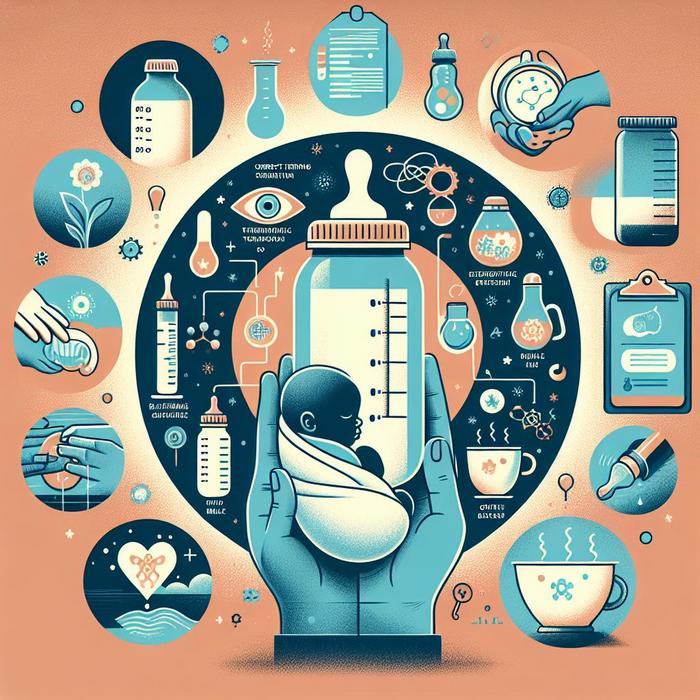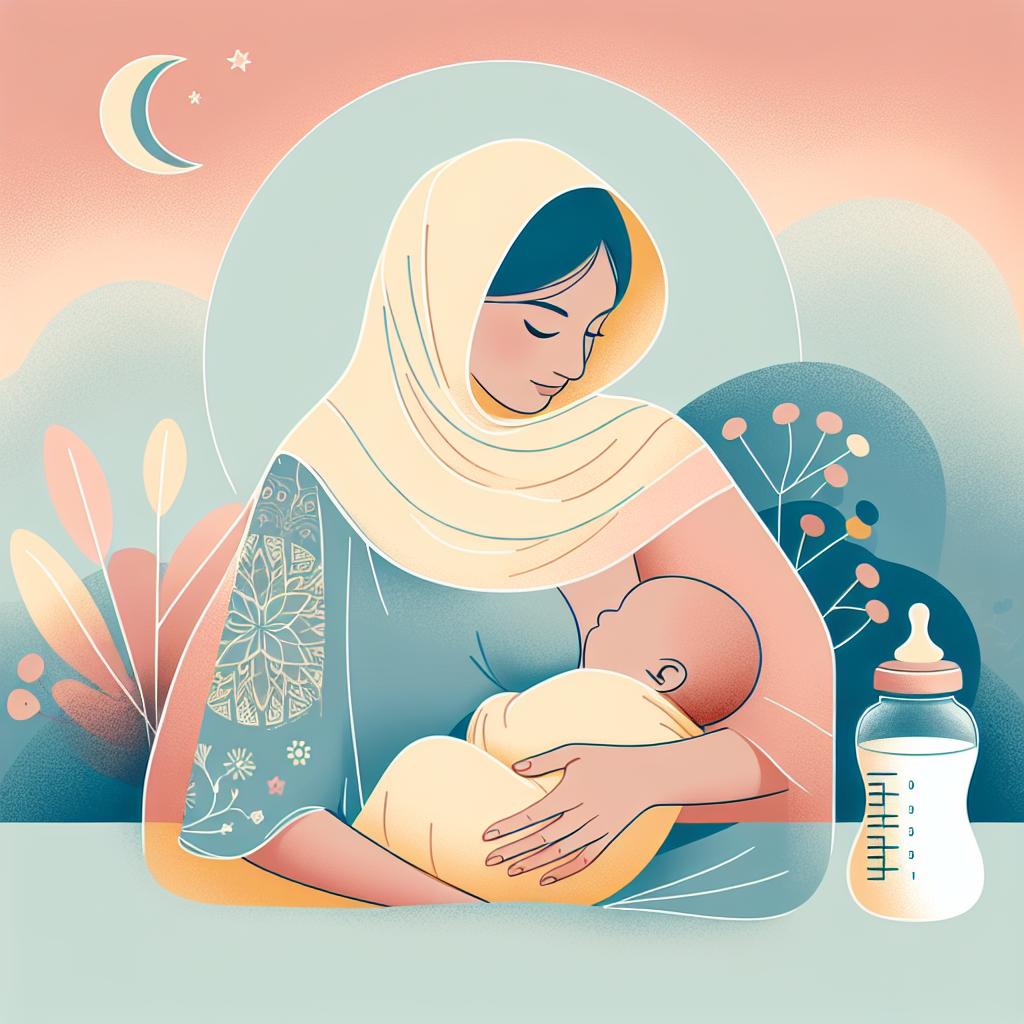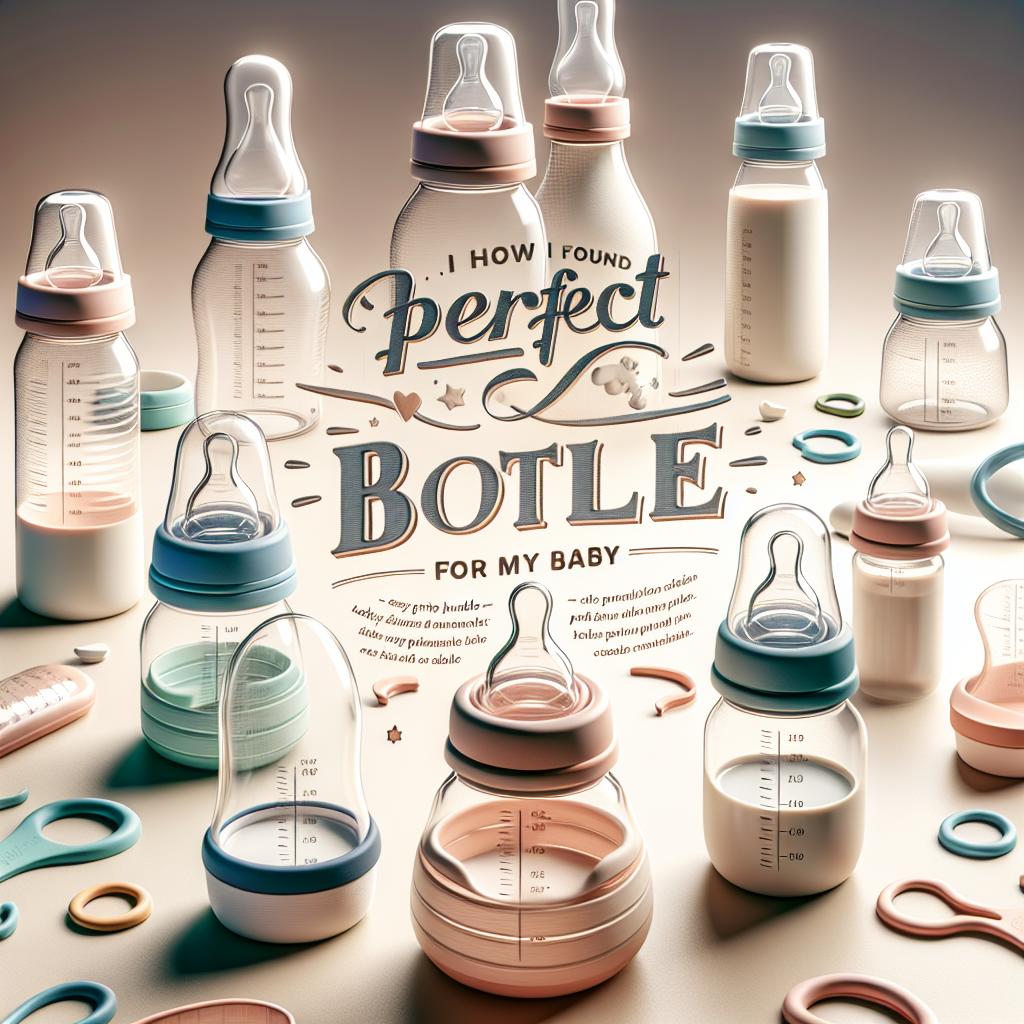The Perils of Neglected Bottle Cleaning
When it comes to feeding your baby, bearing in mind bottle sterilization dangers is crucial. Ensuring baby feeding safety is a vital duty each parent must discharge. This article offers valuable parenting advice on how to effectively sterilize baby bottles and why it’s a central part of baby care.
The Importance of Proper Bottle Sterilization
Bottle sterilization is an essential step in baby feeding safety. It takes more than washing with soap and warm water to eliminate harmful bacteria that could lead to infection and illness. While some may underestimate the importance of sterilizing baby bottles, the consequences of neglecting this step are severe.
Bottle Sterilization Dangers
Neglecting bottle sterilization can expose your child to several health risks. These include:
- Diarrhea: Babies are susceptible to gastroenteritis that can lead to diarrhea, vomiting, and dehydration.
- Oral Thrush: This fungal infection could cause discomfort and difficulty feeding.
- Stomach Flu: Also known as viral gastroenteritis, this condition results from consuming contaminated food or drink.
This mirrors the context of a report from Centers for Disease Control and Prevention that articulates the dangers of microbial contamination in everyday practices.
Effective Sterilization Techniques
There are several methods of sterilizing baby bottles:
- Boiling: A traditional method that requires immersing clean bottles in boiling water for at least 10 minutes.
- Steam Sterilizer: This is an electric device that employs high-temperature steam to kill harmful bacteria.
- Cold Water Sterilizing: This involves soaking bottles in a sterilizing solution, usually a non-toxic tablet dissolved in cold water.
- Microwave or Electric Sterilizer: These are quick and efficient appliances that use heat to sanitize baby bottles.
We recommend inspecting our guide on scientifically tested baby bottles to make an informed choice about the best type for your baby.
Maintaining Baby Feeding Safety
While sterilization is paramount, keeping up the hygiene of the feeding equipment and the surrounding environment is equally important. Tips include:
- Always washing your hands before handling baby’s bottles and food.
- Using a clean, dry towel or a designated bottle rack to air-dry the bottles.
- Cleaning all parts of the bottle, including the teat and the lid.
- Sterilizing bottles soon after washing them, to avoid germ build-up.
There’s much more to learn about making feeding a joyful experience, exploring the right materials, styles and brands for your baby’s bottles.
Remember, your infant’s immune system is yet to fully develop, making them quite vulnerable. Proper bottle sterilization is not a chore to be taken lightly; it’s an essential parenting task that protects your child’s health and well-being.
Taking the time to properly sterilize your baby’s bottles is not just an important part of baby feeding safety; it’s an act of love.
Threats of Microbial Contamination
Given the recent study published in The Guardian, it’s important to highlight the potential threats of microbial contamination in the bottles. This ground-breaking research unveiled that bottle-fed babies are swallowing millions of microplastics a day.
How Microbial Contamination Can Affect the Baby?
Harmful bacteria can reproduce quickly and lead to several health problems. The microorganisms that survive in unsterilized bottles include:
- Staphylococcus bacteria: Known for causing food poisoning, staphylococcus bacteria can result in symptoms such as vomiting and stomach cramps.
- E. Coli: This bacteria is notorious for causing severe diseases such as dysentery, meningitis, and urinary tract infections.
- Salmonella species: It can lead to salmonellosis, a type of food poisoning with symptoms like diarrhea, fever, and abdominal cramps.
The Significance of Proper Food Safety
The importance of adhering to food safety guidelines cannot be overstated, particularly since unsterilized bottles can become a breeding ground for bacteria. As the USDA informs, foodborne illnesses are preventable through proper handling and preparation.
Tips for Optimal Bottle Sterilization
To ensure optimal bottle sterilization, consider these recommendations:
- Avoid using dish soap, as it can leave a residue that babies might consume.
- Ensure that bottles are fully submerged and free of air bubbles during sterilization.
- Never shake a bottle of formula. It can introduce bacteria and create bubbles.
- After sterilization, store bottles in a sanitized, sealed container.
- For pumped breast milk, use sterilized containers and store them correctly to preserve milk quality.
Why Regular Bottle Cleaning Is Vital?
Regular cleaning is vital as dangerous fungi/bacteria can harbour in uncleansed baby bottles, leading to humidifier lung, linked with serious respiratory conditions. Persistent moisture offers an ideal environment for these organisms to thrive.
Consequences Of Not Cleaning Baby Bottles
Per the warning by the CDC, negligence in cleaning can lead to potentially lethal methylmercury exposure. This toxic substance can interfere with the development of the baby’s nervous system, causing serious health issues.
Time to Prioritize Bottle Sterilization
To conclude, it’s time to prioritize bottle sterilization – a step that’s more than a chore, but a true portrayal of your love for your little one. Proper cleaning not only ensures their safety but also conveys the right care during their primordial life stage.
Protecting your baby’s health starts with focusing on the seemingly small details, each of which carries a significant impact, and proper bottle sterilization is an excellent starting point.






